Tool watches can be found in many different forms, and the term frequently gets used interchangeably with “sports watches” but the two don’t mean the exact same thing. While sports watches and tool watches are both built to perform specific functions, there are many different kinds of tool watches that have absolutely nothing to do with any type of sport or outdoor activity, and it is often these lesser-known tool watches that actually have the most relevance in our modern lives.
Many people are familiar with a fair number of different sports watches. The concept of a dive watch or racing chronograph is one that can be immediately comprehended by the vast majority of individuals, and models such as the Rolex Submariner and Omega Speedmaster are flat-out legends within the watch industry. However when it comes to tool watches that aren’t sports watches, the number of ultra-famous models shrinks significantly.
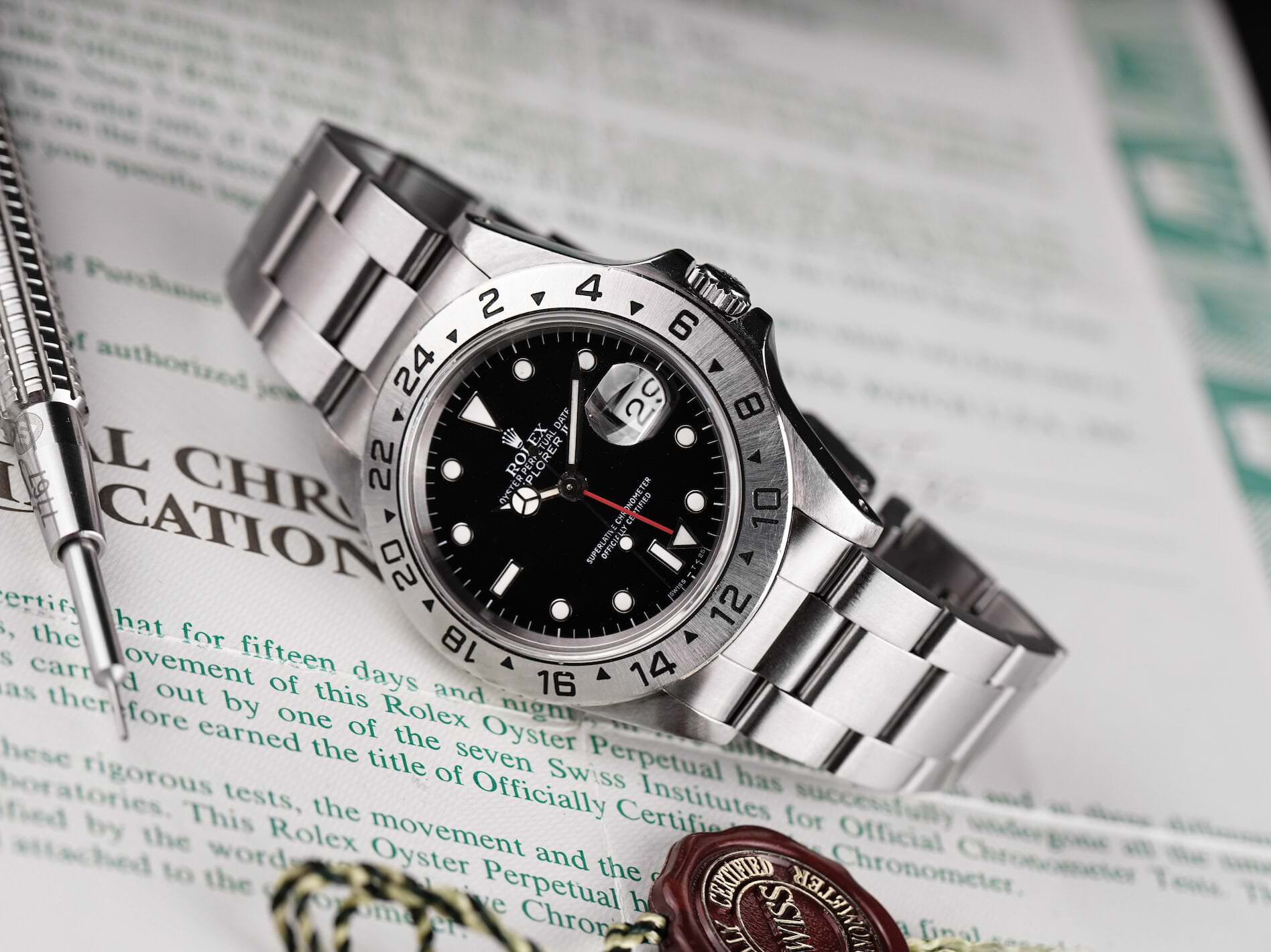
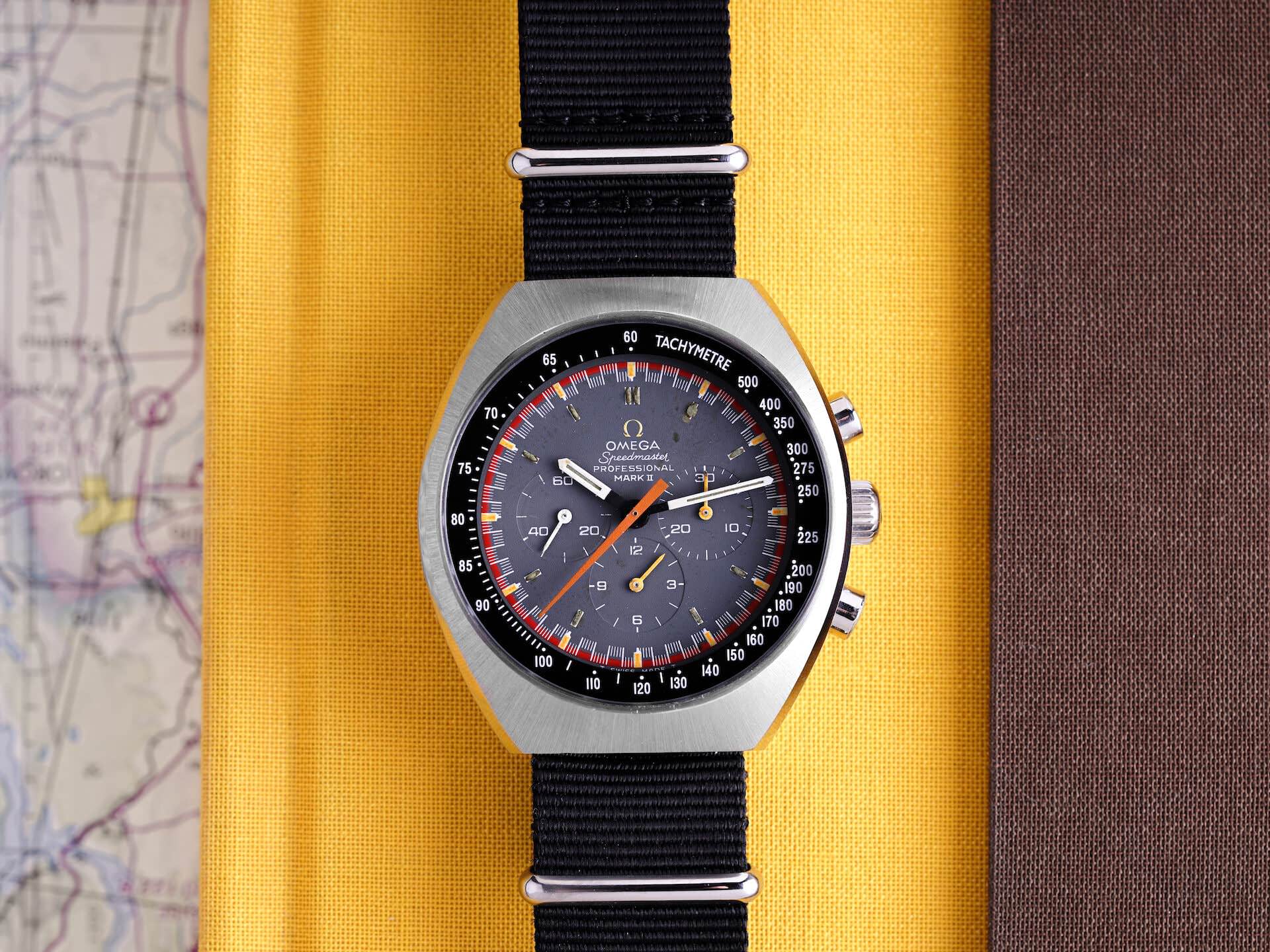
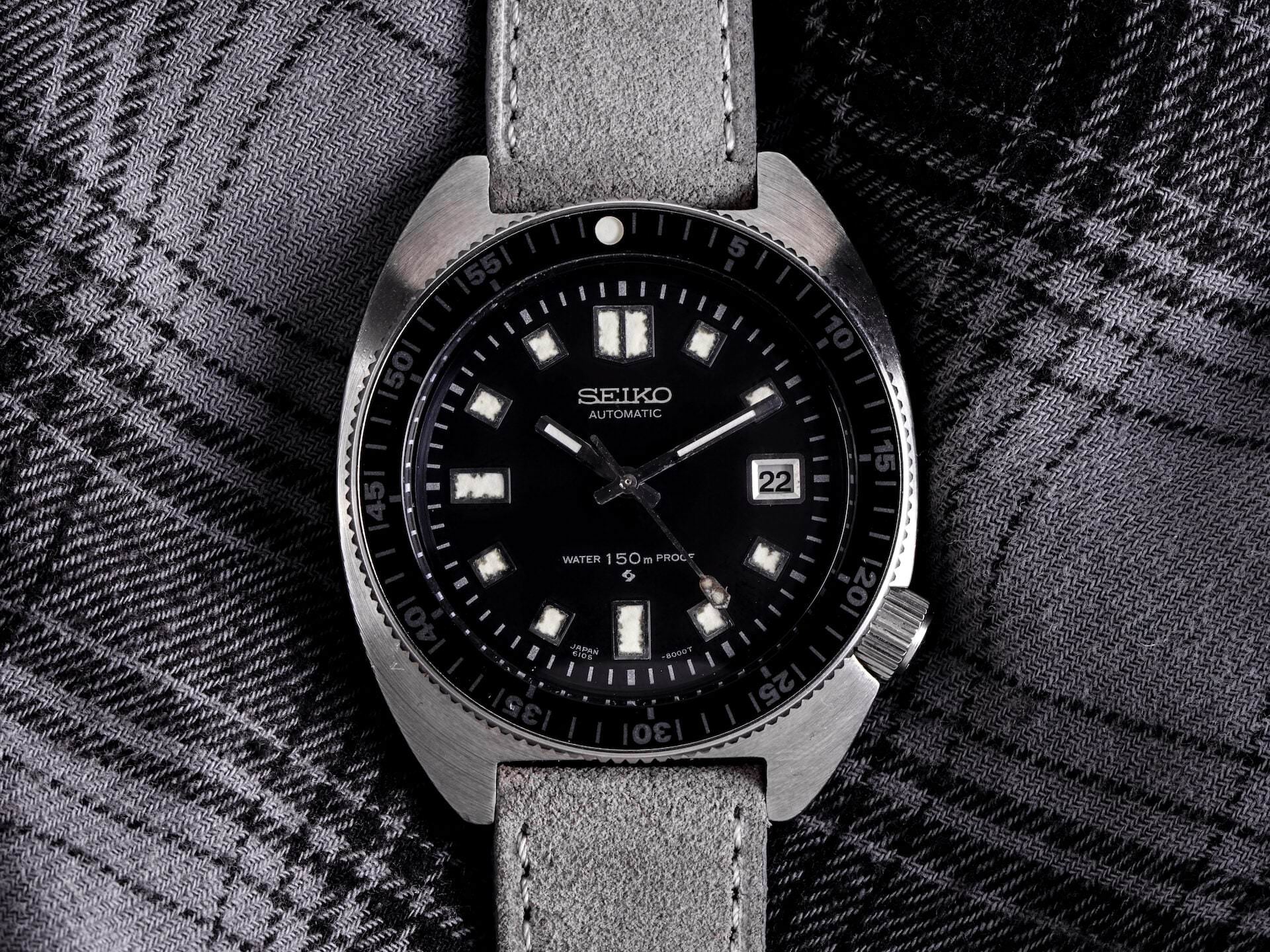
The reason for this is likely due to the fact that exploration and action sports are exciting and inspiring, while the vast majority of everyday professions that require the use of a watch simply don’t offer nearly the same levels of widespread appeal. A dive watch conjures up images of tropical waters and underwater exploration, while a pilot’s watch is evocative of international travel and far-flung destinations. However, a watch built for doctors and scientists working within the sterile walls of a hospital or laboratory undeniably falls rather short of inspiring our imaginations in quite the same way as their more glamorous sports watch siblings.
One of the better-known categories of tool watches outside the sports watch family is that of scientist’s watches. However, unlike dive watches, pilot’s watches, or racing chronographs, the definition of a scientist’s watch can be a bit more nebulous.
Some scientist’s watches like the IWC Ingenieur and Rolex Milgauss feature ample protection against magnetic fields to help ensure that their performance remains uncompromised by the high-powered laboratory equipment that surrounds them. This can come in the form of ether antimagnetic components in the movement itself or the use of a specialized shield inside the case that acts like a Faraday cage to redistribute magnetic fields and protect the movement within.
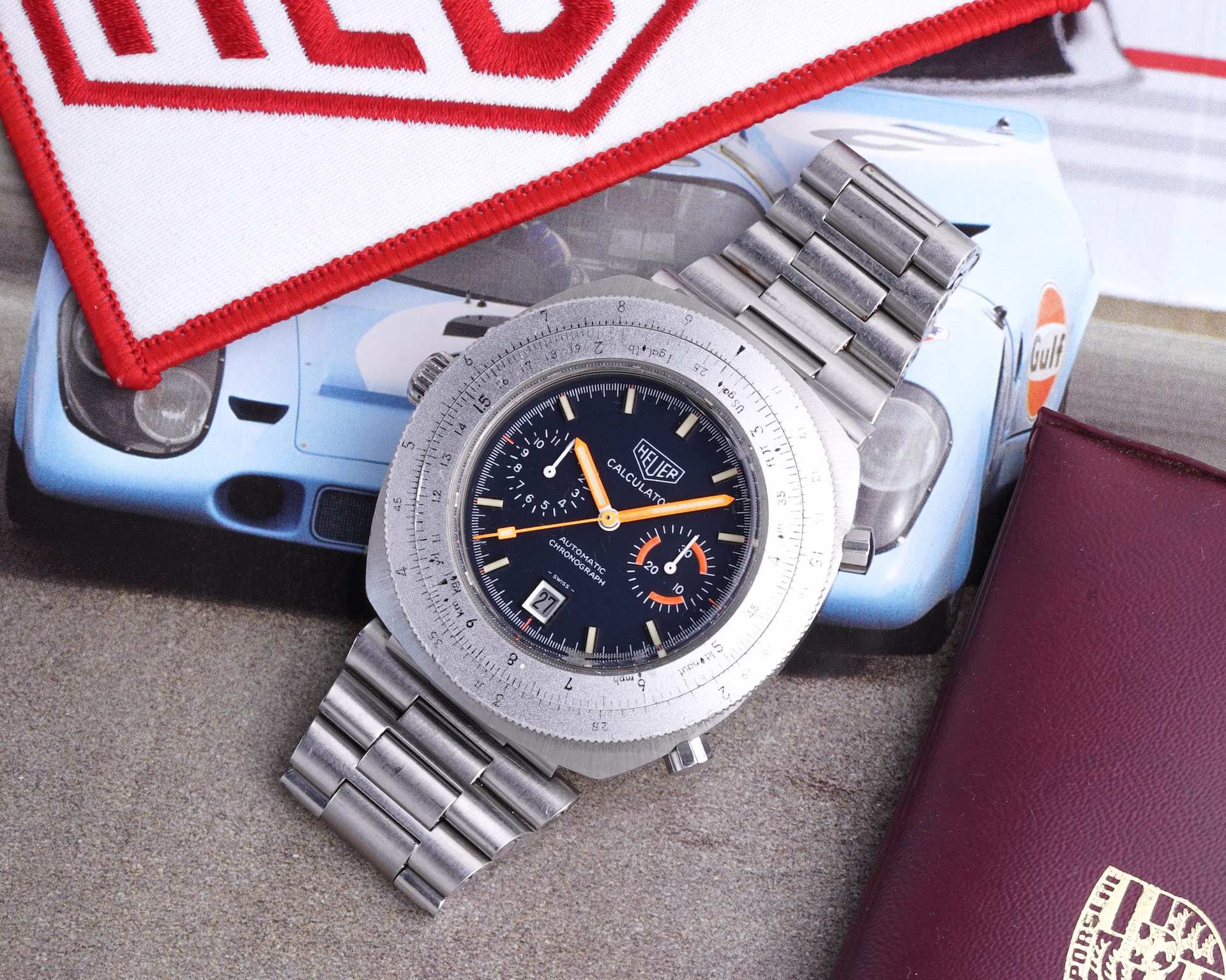
With that in mind, other watches designed for scientists and engineers such as the Heuer Calculator and the original Breitling Chronomat take an entirely different approach to serving the scientific community. By adding a slide rule bezel, these watches can be used like primitive analog calculators to compute a number of different equations and conversions. In fact, the “Chronomat” name that Breitling first started using during the 1940s is actually a portmanteau of “chronograph for mathematics” – a clear indication that this watch was originally intended for use in laboratories rather than the cockpit of an airplane.
Just like timepieces made for scientists, doctor’s watches are another lesser-discussed category of tool watches that aren’t able to conjure the same glamorous images like those associated with sports watches. However, they are actually far more practical and exponentially more relevant when you think about the number of doctors in the world compared to the number of race car drivers, scuba divers, or airplane pilots.
Just like scientist’s watches, there is no end-all definition for what constitutes a doctor’s watch. A dive watch has the singular intended purpose of being able to accurately measure time while underwater, but doctors may use their watches in a variety of different ways throughout the day. In addition to helping them stay on time for their appointments, one of the most common uses doctors would have had for their watches during the pre-digital era would have been to help them track the seconds while taking a patient’s vitals.
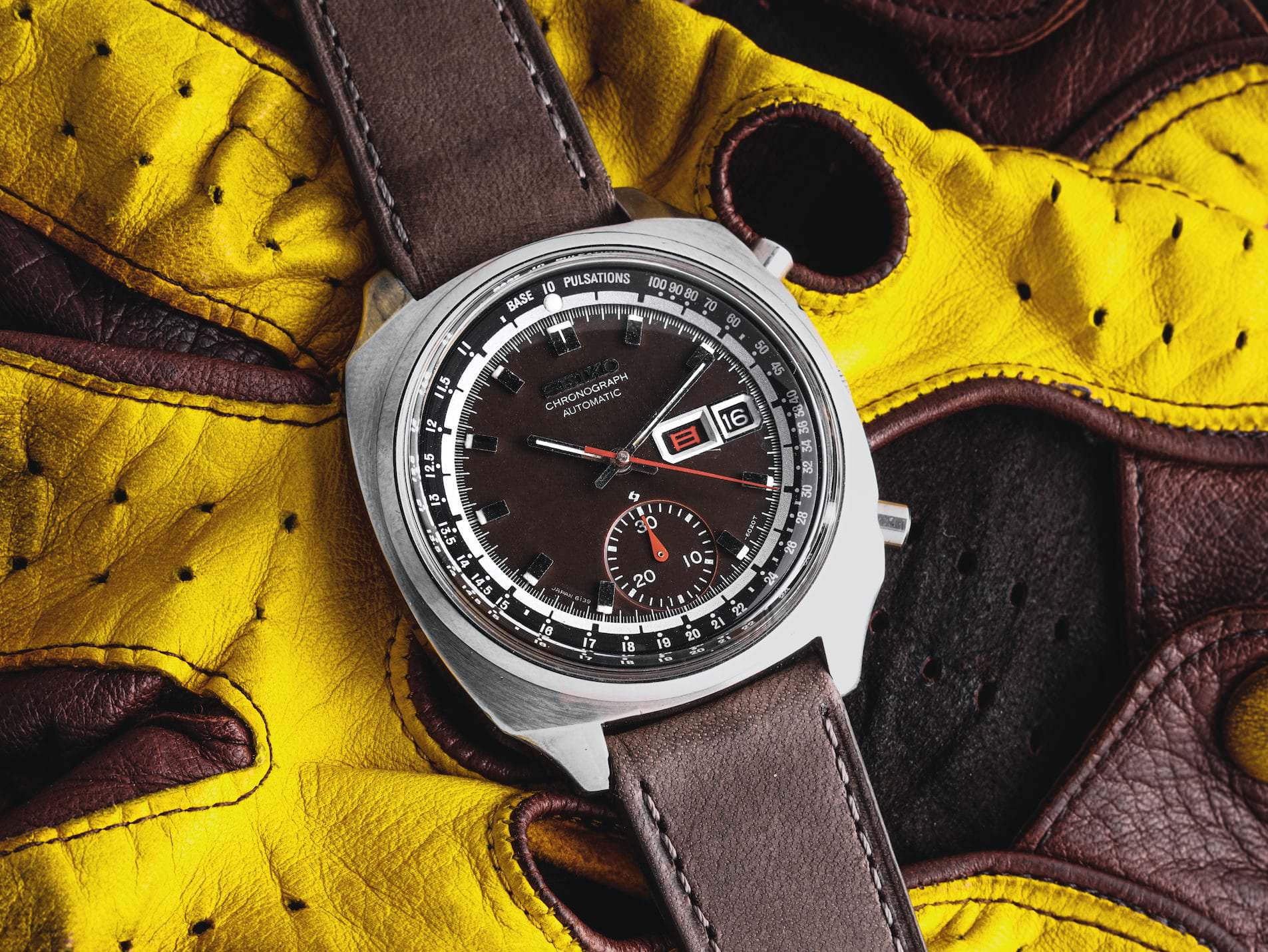 Seiko with a Pulsations dial.
Seiko with a Pulsations dial. 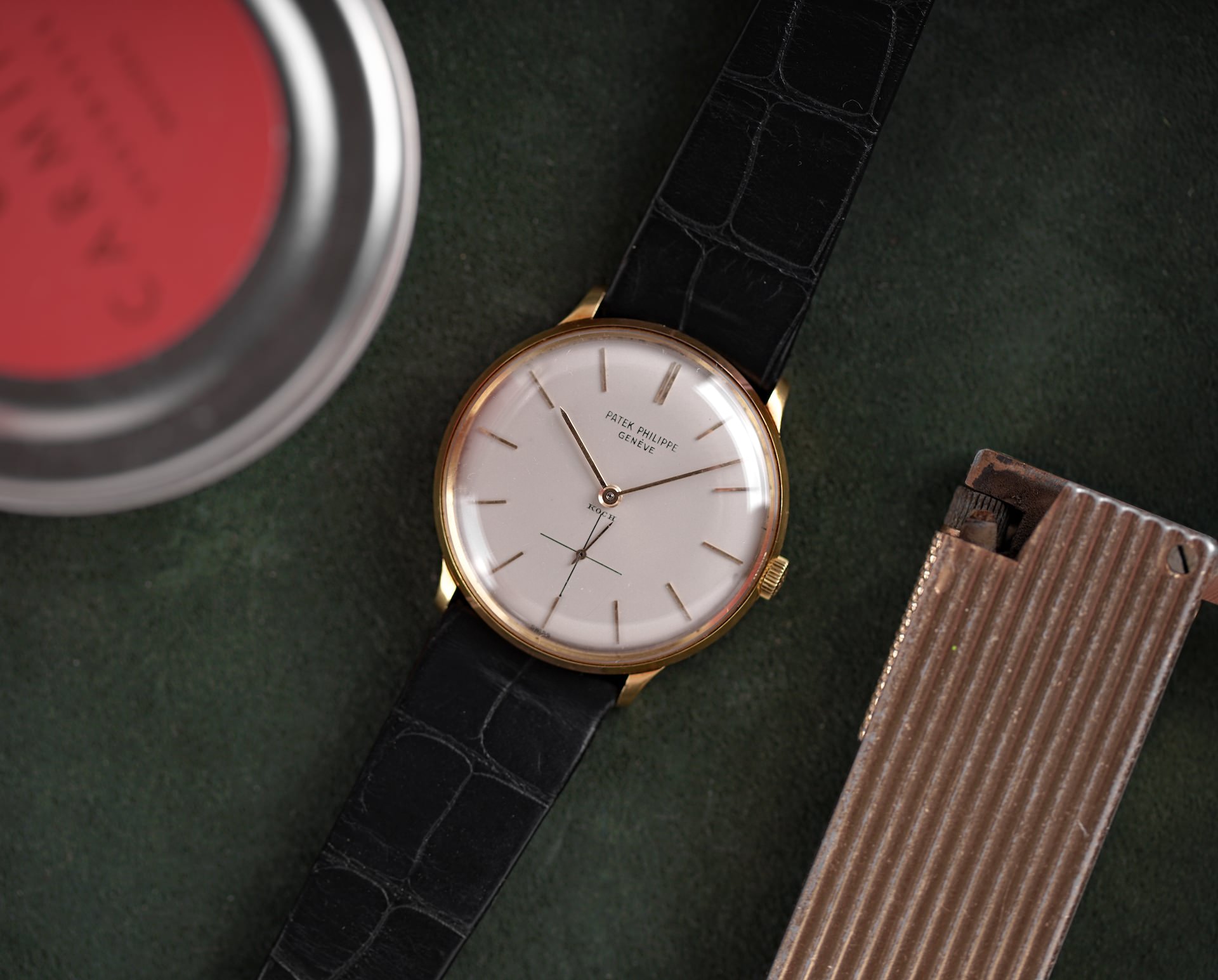 Patek Philippe with a sub-seconds dial.
Patek Philippe with a sub-seconds dial. Consequently, doctor’s watches have historically featured some way for their users to easily track elapsed seconds. The earliest doctor’s watches were little more than just rectangular wristwatches, where the top half of the dial contained a standard 12-hour display with the usual hour and minute hands, while the lower half featured a large and prominent running seconds hand. Although this is the bare minimum that could be considered a purpose-built feature for doctors, the oversized running seconds hand did accomplish its goal of significantly facilitating the process of taking a patient’s pulse.
While the very first doctor’s watches consisted of little more than a slightly augmented display, the next generation of doctor’s watches featured chronograph complications paired with pulsation and even respiration scales, to create purpose-built tool watches designed specifically for medical professionals. Among these, pulsometers (pulsation scales) significantly outnumber asthmometers (respiration scales), and there are even variations of the Omega Speedmaster that feature pulsation scales printed along their bezels in place of their usual tachymeter scales.
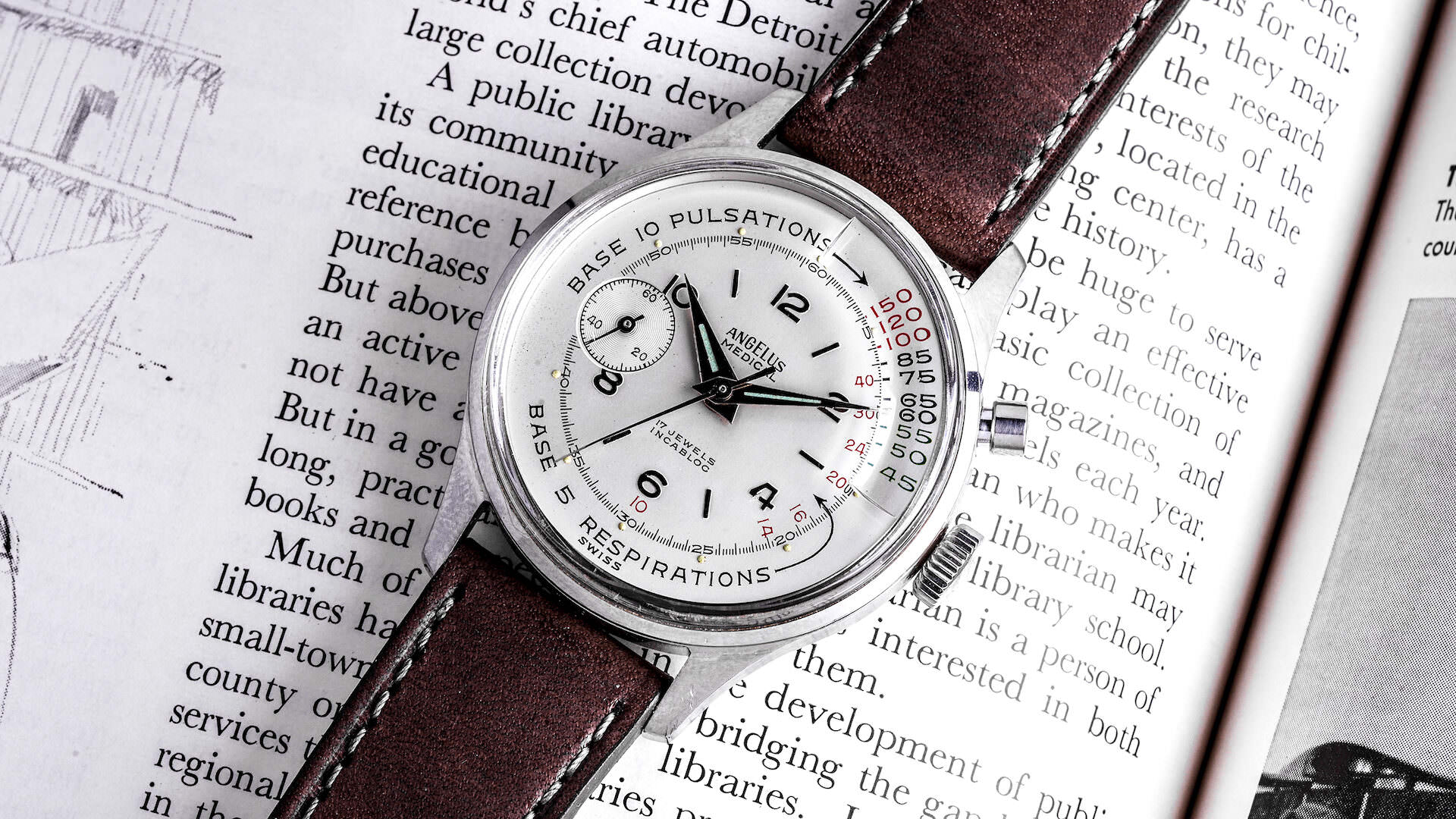
Additionally, there are some doctor’s watches such as the Angelus Medical Monopusher that feature both pulse and respiration scales printed on their dials. By using nothing more than their wristwatch, doctors could easily measure both a patient’s pulse and their respiratory rate. These watches were not simply chronographs that happened to be well-suited for use in a medical environment; these timepieces were designed from the ground up to be the ultimate expression of a purpose-built doctor’s watch from the golden era of mechanical timepieces.
These days, there really is no practical need for any mechanical tool watch and that also includes sports watches. There are now computers and numerous digital devices that carry out the functions previously performed by these purpose-built timepieces, and although these vintage tool watches are still capable of serving their intended purposes, chances are that they are both more expensive and less capable than their modern electronic counterparts.
Practicality alone has very little to do with why we as watch enthusiasts love this bizarre and fascinating hobby. However, the key reason why tool watches are so incredibly popular and appreciated today is precisely because they were created during an era when these timepieces were regarded as purely functional items. They were tools born out of necessity, and they were created as solutions to problems with the sole intent of helping humans more effectively measure time.
In recent years, it may be the flashy divers, racing chronographs, and pilot’s watches that receive the bulk of the attention within the greater category of tool watches, yet it is these same watches that also have the least practical connection to our modern lives. Dive watches are exponentially more popular than doctor’s watches, but how many professional scuba divers do you actually know? Chances are that it is probably less than the number of doctors.
Similarly, the number of Omega Speedmaster watches with pulsations bezels is a mere fraction of those manufactured with tachymeter bezels. And yet, the number of people who actually use their tachymeter bezels – let alone the number of people who use one for anything other than the pure novelty of it – is a virtually non-existent percentage of the general population. If working in a hospital were as glamorous as being a race car driver then we probably would see more chronographs with pulsations scales, but at least for now, the tachymeter bezel continues to reign supreme.
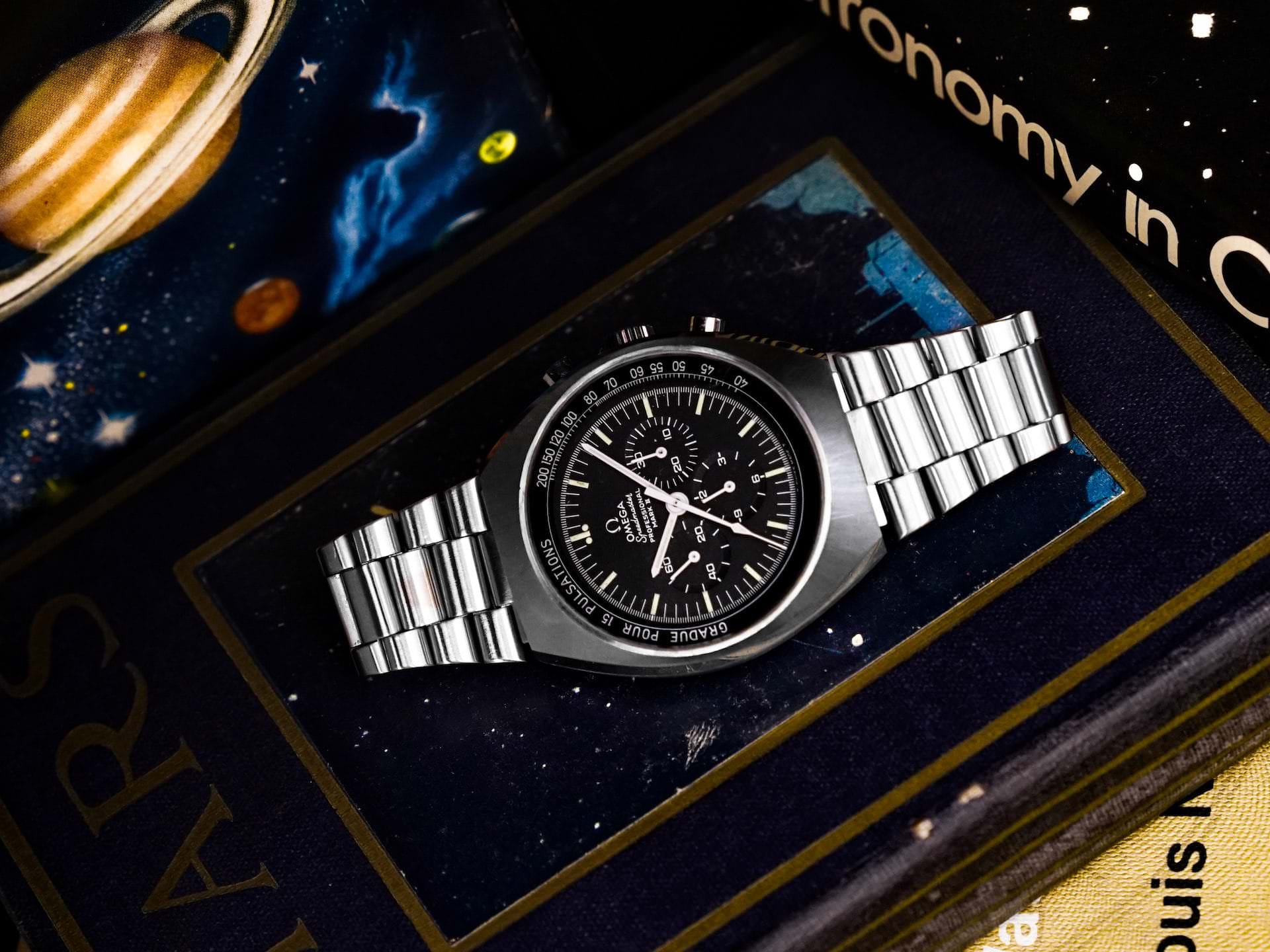
These other, lesser-discussed tool watches may not be able to offer the same romantic stories of how their respective manufacturers were able to conquer the depths of the ocean or the world’s tallest peaks, but they have far more of an actual connection to our everyday lives. Scientists are largely responsible for most of the modern technologies and conveniences that we enjoy, and doctors are the people that quite literally help keep us alive and healthy. These tool watches may not have the same glamorous origin stories, but they are actually the timepieces that we should relate to the most.

Check out 'Reference Tracks' our Spotify playlist. We’ll take you through what’s been spinning on the black circle at the C + T offices.

Never miss a watch. Get push notifications for new items and content as well as exclusive access to app only product launches.
Sign up for our newsletter to receive updates and exclusive offers